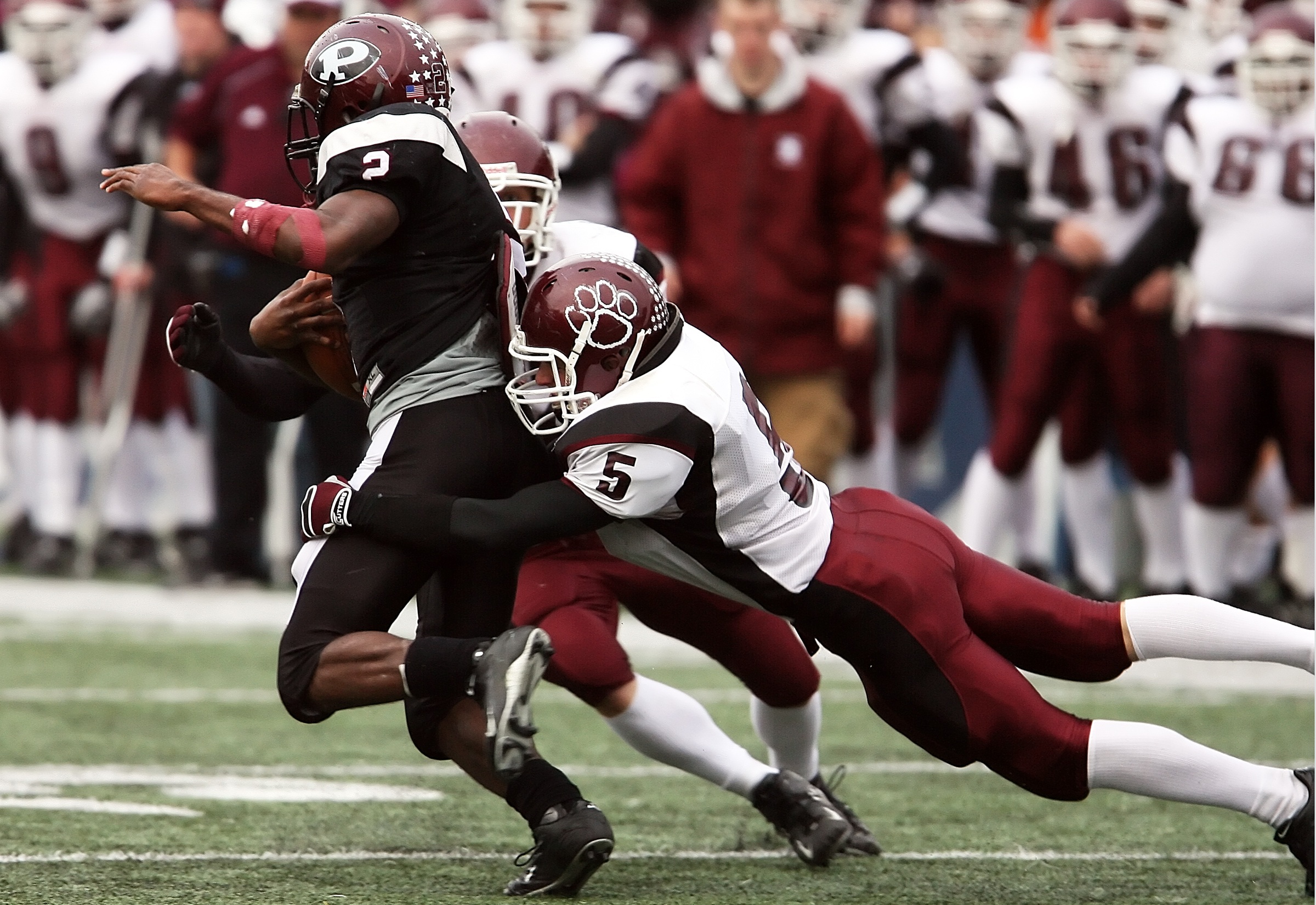Moneyline betting is a fundamental component of football wagering. We'll unravel the basics of moneyline betting, equipping you with the knowledge needed to navigate this popular betting option. From deciphering odds to making informed picks, let's delve into the essentials of moneyline betting in football.
Moneyline Betting 101: Understanding the Basics
When it comes to sports betting, one of the most straightforward options is moneyline betting. Unlike point spreads and over/under bets, moneyline betting is all about picking the outright winner of a game or match. It's a fundamental aspect of sports wagering that beginners and experienced bettors should grasp.
Moneyline odds are presented as either positive or negative numbers. Negative numbers indicate the favorite, while positive numbers represent the underdog. The negative number tells you how much you need to bet to win $100, while the positive number indicates how much you stand to win on a $100 bet.
Let's consider NFL and college football games:
NFL example
Game: Kansas City Chiefs vs. Los Angeles Chargers
Moneyline: Chiefs -150, Chargers +130
This means that a $150 bet on the Chiefs would win $100 if they win the game. A $100 bet on the Chargers would win $130 if they win the game.
College football example
Game: Alabama Crimson Tide vs. Georgia Bulldogs
Moneyline: Alabama -175, Georgia +155
This means that a $175 bet on the Crimson Tide would win $100 if they win the game. A $100 bet on the Bulldogs would win $155 if they win the game.
These examples illustrate how both NFL moneylines and college football moneylines work as bets.
Strategic Insights: When to Opt for Moneyline Over Point Spreads
In the realm of sports betting, the choice between moneyline and point spread wagers can be pivotal. While point spreads provide a way to level the playing field, there are scenarios where betting on the moneyline offers distinct advantages.
Moneyline bets can be attractive bets. For underdogs, the potential for a larger payout is evident. Betting on the moneyline in these cases earns you better than even money on your initial stake if they pull off the upset. On the other hand, when wagering on heavy favorites, point spreads might yield meager returns due to the odds discrepancy. In such instances, moneyline bets can offer a more enticing risk-reward dynamic.
Moreover, critical game-time factors like injuries can sway the balance. Moneyline bets can be a safer choice as they solely focus on the outcome, providing flexibility and strategic advantages. Thus, assessing the risk-reward dynamics and understanding when to opt for moneyline bets is an essential skill for savvy sports bettors.
Advanced Moneyline Strategies: Parlays, Hedging, and Arbitrage
Parlays involve combining multiple moneyline bets into a single wager, offering the potential for substantial payouts. While riskier than individual bets, parlays can be lucrative if all your selections come through. Good parlay bets require a solid grasp of betting and handicapping fundamentals, though, and should be avoided for most beginning bettors.
Hedging involves placing additional bets to secure guaranteed profits. This strategy is often employed when you've already placed a bet and want to reduce the risk. Hedging can ensure that, regardless of the outcome, you walk away with some winnings or minimize the impact of a loss. It generally works by betting the opposite side of a bet that would result in a large windfall, like in a parlay or futures bet. By hedging on the other side, you minimize or eliminate the risk of your initial bet losing.
Arbitrage betting takes advantage of differences in odds offered by various bookmakers. By placing bets on all possible outcomes of an event, bettors can guarantee a profit, regardless of the actual result. While arbitrage opportunities are rare and require careful odds monitoring, they provide a way to beat the bookies at their own game.








